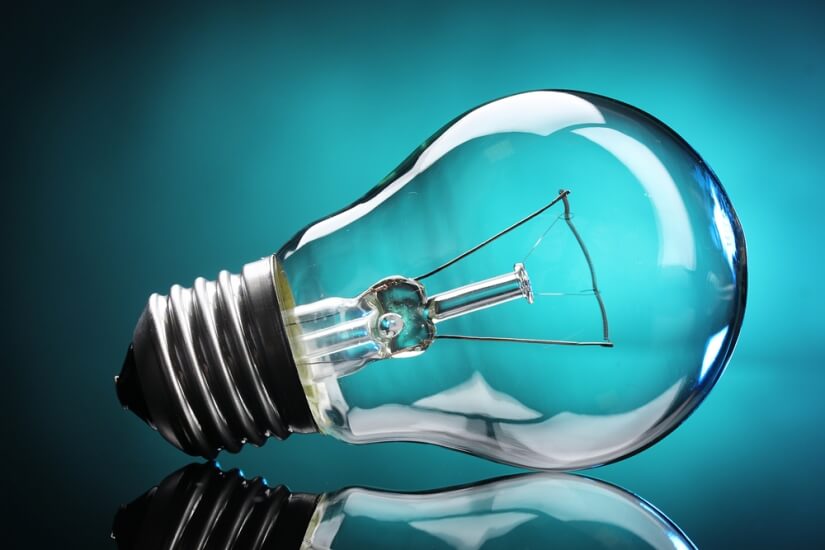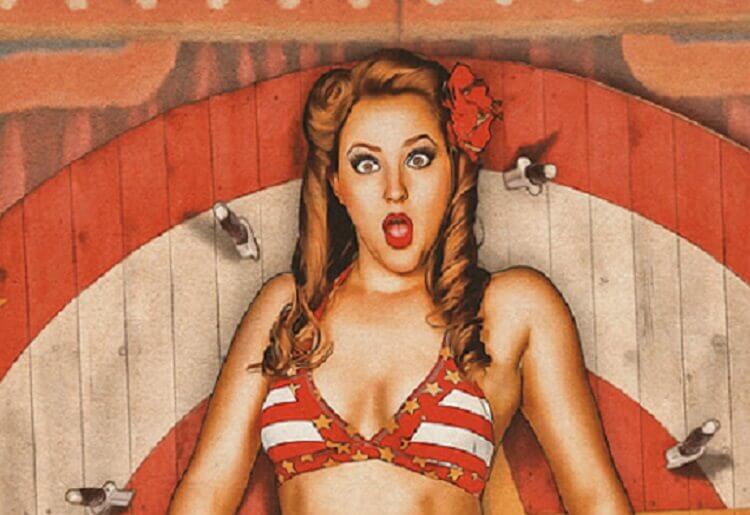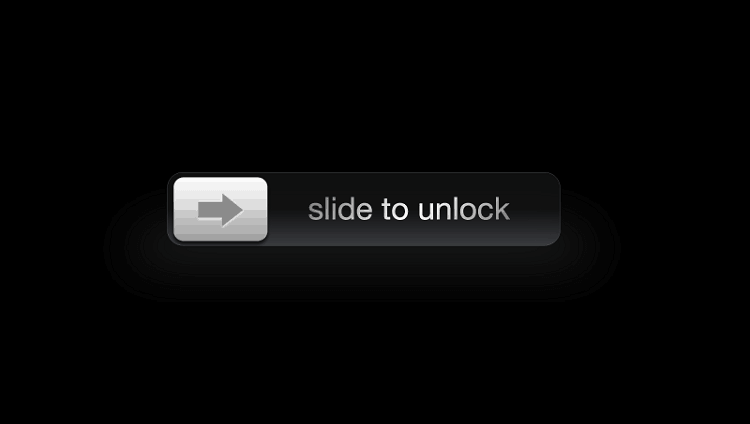The disappearing lifespan of companies
In 2011 Peggy Noonan wrote an article on Forbes about the fate of Fortune 500 companies and their disappearing lifespan:
Fifty years ago, “milking the cash cow” could go on for many decades. What’s different today is that globalization and the shift in power in the marketplace from buyer to seller is dramatically shortening the life expectancy of firms that are merely milking their cash cows. Half a century ago, the life expectancy of a firm in the Fortune 500 was around 75 years. Now it’s less than 15 years and declining even further.
This raises an interesting set of questions, not about the life expectancy of a business but the half-life of customer loyalty. Loyalty is no longer 4 score and 7 years long, it’s more like 4 minutes and 7 seconds now.
Customer loyalty is disappearing in a hurry
There was a time when people were loyal to only one brand and they would stick to those products. Coca Cola patrons would not drink Pepsi. Marlboro smokers would not touch Prince.
But now consumers put less trust in brands and tend to switch brands a lot faster. The famous 80/20 rule – 20% of the customers account for 80% of the turnover – has turned into a 60/40 rule – 40% of the customers generate 60% of the turnover – and is slowly evolving towards a 50/50 rule.

Customer loyalty is not going to be solved through expensive loyalty programs
The solution is not to be found in expensive loyalty programs. Instead, we should look to the company’s top echelon. Those on the highest rung of the corporate ladder should have a clear vision of the added value their company has to offer and they should be able to translate that vision for their employees and customers. Getting your story straight on every level is the first step towards reaffirming customer loyalty.
Lets take the travel industry: A study by Deloitte – “A Restoration in Loyalty” – reported a steep decline in consumer loyalty to travel brands. Only eight percent of survey respondents indicated they always stay at the same brand of hotel brand, while just 14 percent of survey respondents always fly on the same airline.
It is clear that travel brands need to up their game if they want to drive genuine loyalty among consumers. With heightened competition and eroding customer loyalty, hotels and airlines, now, more than ever, need to focus on enhancing and personalizing the consumer experience
The basis for devising a new method of approaching customers
Organizations should explicitly ask themselves: what is our place in our customers’ lives? What is our relevance to their lives? The answers to these questions provide the basis for devising a new method of approaching customers. A new customer approach is needed!
Short URL & Title:
Customer loyalty is declining but it is not going to be solved through loyalty programs — https://www.torbenrick.eu/t/r/ehn
Share it:
If you enjoyed this article, please take 5 seconds to share it on your social network. Thanks!








I find this topic about customer loyalty fascinating indeed. The major disruption to customer loyalty is technology itself. New ways of communicating with customers are increasingly becoming high-tech hence causing drift and antipathy.The word of mouth is the most powerful toolof cummunicating and the best method of selling the product.
Body language, as well as use of customer/consumer language is very important..not boardroom terminology when selling a product or service. Social entrepreneurship provides more answers to this question than is conventional entrepreneurship. The most important advice is to ensure that you do something to touch the lives of the people, by focusing entrepreneurial/business programmes that have a social impact among various market segments. Retain loyalty by working on monumental and memorable customer services.